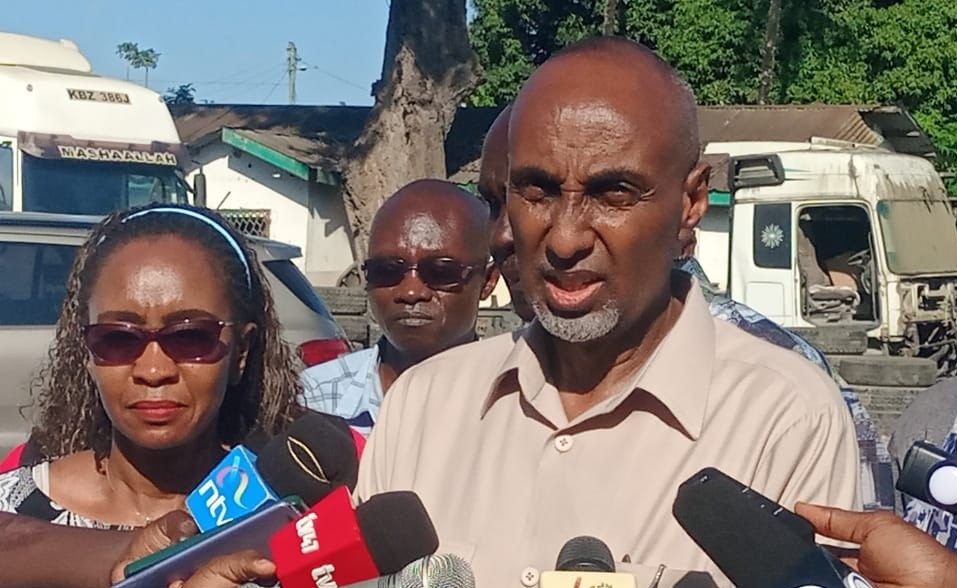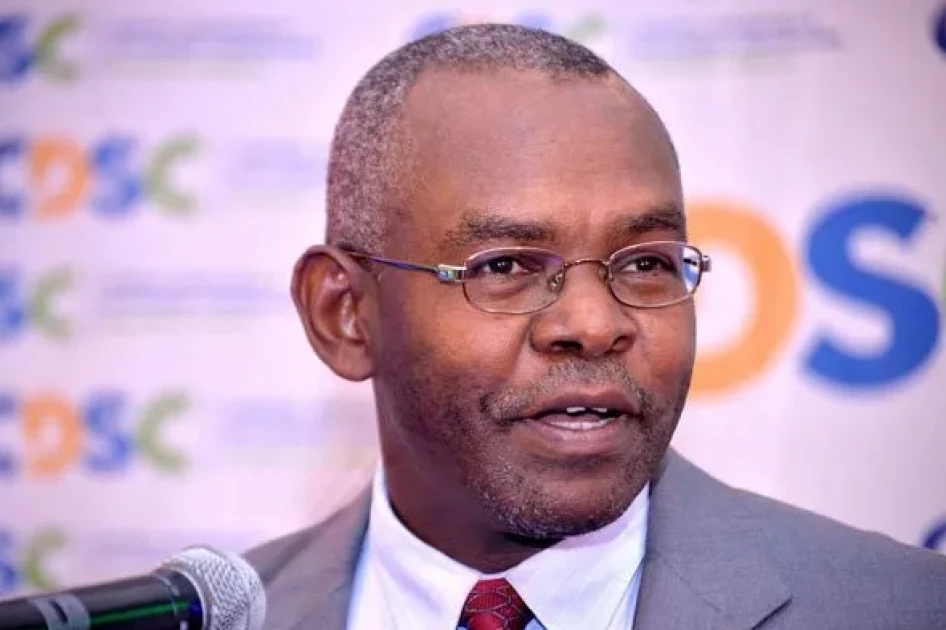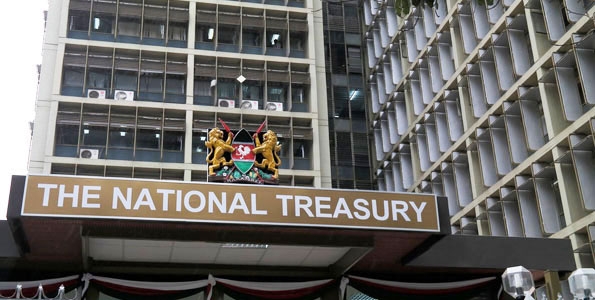Picture an umbrella on a sunny day, protecting you from the harsh sun rays and keeping sure you are safe from sunburns and other effects of the rays.
Now picture that umbrella enlarging to cover the earth, blocking the worst of the sun's radiation- that is the ozone layer.
Scientifically, the ozone layer is a region in the Earth's stratosphere that absorbs most of the sun's ultraviolet radiation.
Its a fragile shield of gas, protects Earth from harmful portion of sun rays thus helping preserve life on planet
On September 16 each year, the world unites to remember the importance and come up with ways to continue preserving the ozone layer.
The world is also reminded of the depletion of the ozone layer.
The 2024 theme of the day is "Montreal Protocol: Advancing Climate Action".
The day was designed by the United Nations General Assembly (UNGA) after the party nations on September 16, 1987, signed the Montreal Protocol on Substances That Deplete the Ozone layer.
In 1994, the UNGA proclaimed September 16, the International Day for the Preservation of the Ozone Layer, commemorating the date of the signing, in 1987.
The Montreal Protocol on Substances That Deplete the Ozone Layer is an international treaty designed to protect the ozone layer by phasing out the production of numerous substances that are responsible for ozone depletion.
It was the first international treaty to be signed by all countries of the world and is considered the greatest environmental success story in the history of the United Nations.
This came after scientists in the 1970s discovered that the ozone layer was being depleted.
The Vienna Convention for the Protection of the Ozone Layer
The scientific confirmation of the depletion of the ozone layer prompted the international community to establish a mechanism for cooperation to take action to protect the ozone layer.
This was formalised in the Vienna Convention for the Protection of the Ozone Layer, which was adopted and signed by 28 countries, on March 22, 1985.
In September 1987, this led to the drafting of The Montreal Protocol on Substances that Deplete the Ozone Layer.
The Montreal Protocol
Under the Montreal Protocol, party nations commit to reducing the consumption and production of ozone-depleting substances (ODS).
The treaty outlines a schedule for the phase-out of key substances such as Chlorofluorocarbons (CFCs), hydrochlorofluorocarbons (HCFCs) and halons.
The HCFC phase-out schedule was introduced in 1992 for developed and developing countries, the latter with a freeze in 2015, and final phase-out by 2030 in developed countries and 2040 in developing countries.
In 2007, parties to the Montreal Protocol decided to accelerate the HCFC phase-out schedule for both developed and developing countries.
On September 16, 2009, the Vienna Convention and the Montreal Protocol became the first treaties in the history of the United Nations to achieve universal ratification.
In 2016, an amendment to the Montreal Protocol was agreed upon, The Kigali Amendment.
It included provisions for the phase-down of HFCs, which are potent greenhouse gases but do not deplete the ozone layer
The significance of the World Ozone Day
The day is celebrated to remind and inform people about the significance of the ozone layer along with the impacts of its depletion.
The day also highlights the importance of protecting oneself from excessive UV rays.
Additionally, the day highlights the ongoing research and innovation in ozone protection and climate change mitigation.
The impacts of ozone layer depletion
The ozone layer depletion affects human health in that it leads to an increase in certain types of skin cancers, eye cataracts and immune deficiency disorders.
It also affects terrestrial and aquatic ecosystems, altering growth, food chains and biochemical cycles. Aquatic life just below the water’s surface, the basis of the food chain, is particularly adversely affected by high UV levels.
UV rays also affect the environment in plant growth, reducing agricultural productivity.
Why the Ozone Layer is important
- Protects Earth from the harmful UV rays coming from the sun
- Helps to keep the temperature of the earth moderate
- Reflect the harmful rays of the sun which makes the life of living organisms suitable on earth
- It penetrates the sunlight which is required for humans, which helps the plant also to prepare food through photosynthesis
- It helps to charge devices like solar panels by fresh sunlight of the sun















